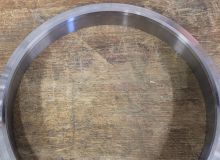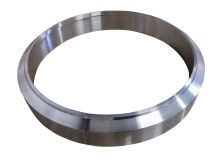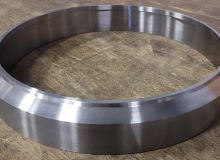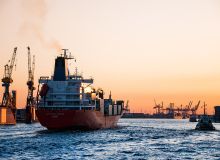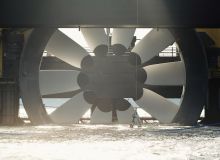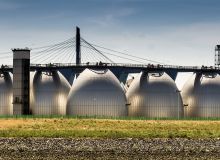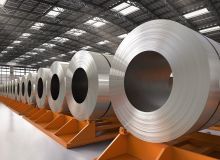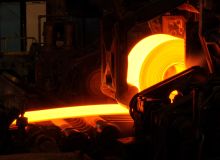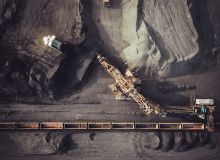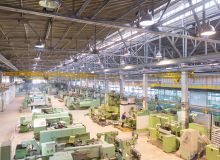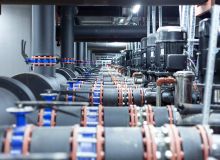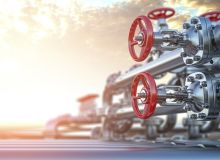EXIUM® AM special alloy
An alloy with exceptional damping properties exported to the planet Mars!
Production
Due to a specific industry requirement, LBI has developed a new non-ferrous alloy. Thanks to its chemical composition and production by centrifugal casting, its distinctive characteristic is to offer excellent damping properties for a metallic material (comparable to those polymer type materials).
Properties of EXIUM® AM
Characteristics
- Cu and Mn based alloy + other elements such as Al, Fe, Ni
- Very good corrosion resistance
- Density: 7.2
Mechanical properties
- E > 240 MPa
- R > 520 MPa
- A > 30 %
- Young modulus E: 80 GPA
- Torsion modulus G: 34 GPA
- Poisson coefficient: 0,25
Damping properties (at ambient temperature)
-
tg φ ∼ 1,80.10-2 (soit 2π sin φ ≈ 11,30.10-2)
Damping of various vibrations
- Longitudinal mode (4,6 kH), tg φ = 1,51.10-2
- Flexion mode de (240 H), tg φ = 1,75.10-2
- Torsion mode (2,7 kH), tg φ = 0,82.10-2
Below -30°C and above +60°C, its damping properties are similar to those of grey iron.
But between -15°C and +50°C, this materiel is 10 times better than lamellar graphite grey iron!
This alloy can be spun cast in classical centrifugal form or even plates or discs.
EXIUM® AM can be used for
- spatial and aeronautics
- vibratory damping equipment for precision machining
- damping brace for pumps or production equipment
Remember: vibration reduction = noise reduction
EXIUM® AM was selected for the InSight mission. The two pieces in the seismometer SEIS are 12mm in diameter for 20mm long and this material is used as a high frequency vibration damper.
Dimensions and shapes
4,5 m
6 m
The centrifugal casting process (or spun casting) is mainly suitable for cylindrical or hollow pieces (rings, tubes etc…). Conical shapes, several different diameters or flange(s) can be obtained on the “as cast” outer profile.
As we do not use cores, the inside diameter is cylindrical and is achieved by the quantity of liquid metal poured into the tooling.
Our extensive range of toolings (more than 1500 dies) enables us to reach the ideal cast sizes and shapes, consequently to propose the most economical solutions.
